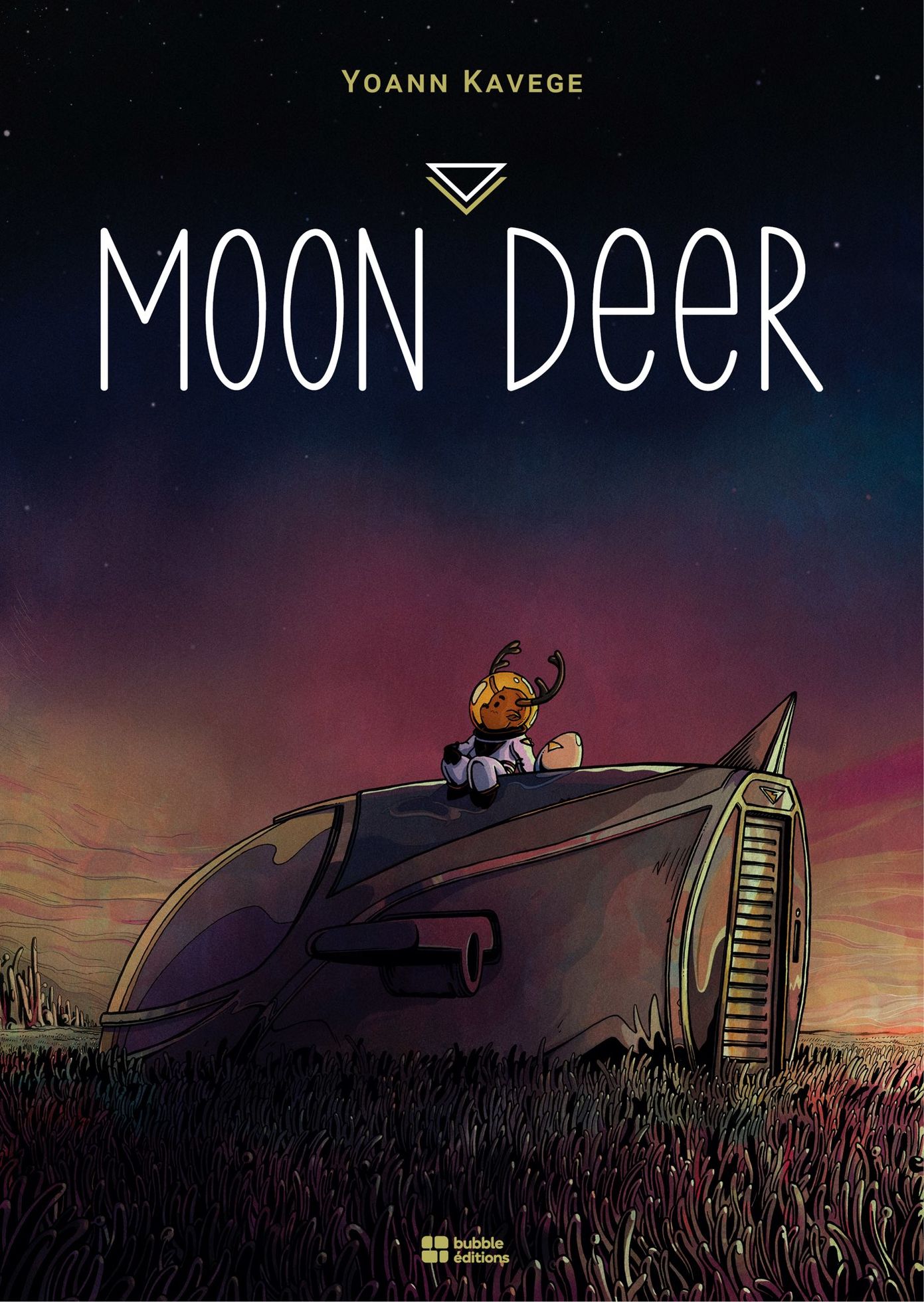
I hand lettered the text on a separate piece of paper to keep things neat.

I wore down many a pencil to get those crisp, dark lines.

I decided early on that I wanted to keep that pencil texture for the final art, so once I was happy with the refined line work I traced that onto a heavier, toothy paper stock, using water soluble graphite to add tone and even more texture. This way I keep as much of the gestural quality and composition of the sketch as I can. My process for this comic started with tracing the sketches to scale on copy paper using my light box. Once everyone is happy with the sketches, I’ll start refining the pencil drawings. I’ll typically make a ton of edits at this stage, especially when working with an editor or art director. The goal at this stage is make the actions and compositions clear enough that you understand what’s going on at a glance. I may even do a rough color study to get a better idea of the mood and tone I’d like to convey in the story.

After the script is locked in, I’ll loosely sketch the whole comic, pruning the story as needed. It’s easier for me when writing to also work out the composition and general layout of each page.

When Kristen Radtke invited me to pitch a story for the comics section, I immediately recalled a story my mom told me about the time she was forced to work at a garbage processing plant and ended the day completely covered in soot.ĪB: When I work on comics, I create an outline of the story, which after it’s discussed with the art director, I move onto one or two drafts of the script with small thumbnail sketches of each page. I never envisioned myself drawing nonfiction, let alone deeply personal comics, but as I’ve gotten older, I’ve developed this strong sense of responsibility and urgency to document this oral history using pictures and words and share it with others. In this entry, Peter Quach and Carolina Alonso Bejarano share what it was like to make Cayo Cruz for the December/January 2018 issue.ĪLEXANDRA BEGUEZ: Within the last few years, I’ve become interested in documenting my family history, specifically the ups and downs of life during Post-Revolution Cuba and their struggles to immigrate to the United States. The Process of Making Comics is a series that examines how comics artists put together their work for the magazine.


 0 kommentar(er)
0 kommentar(er)
